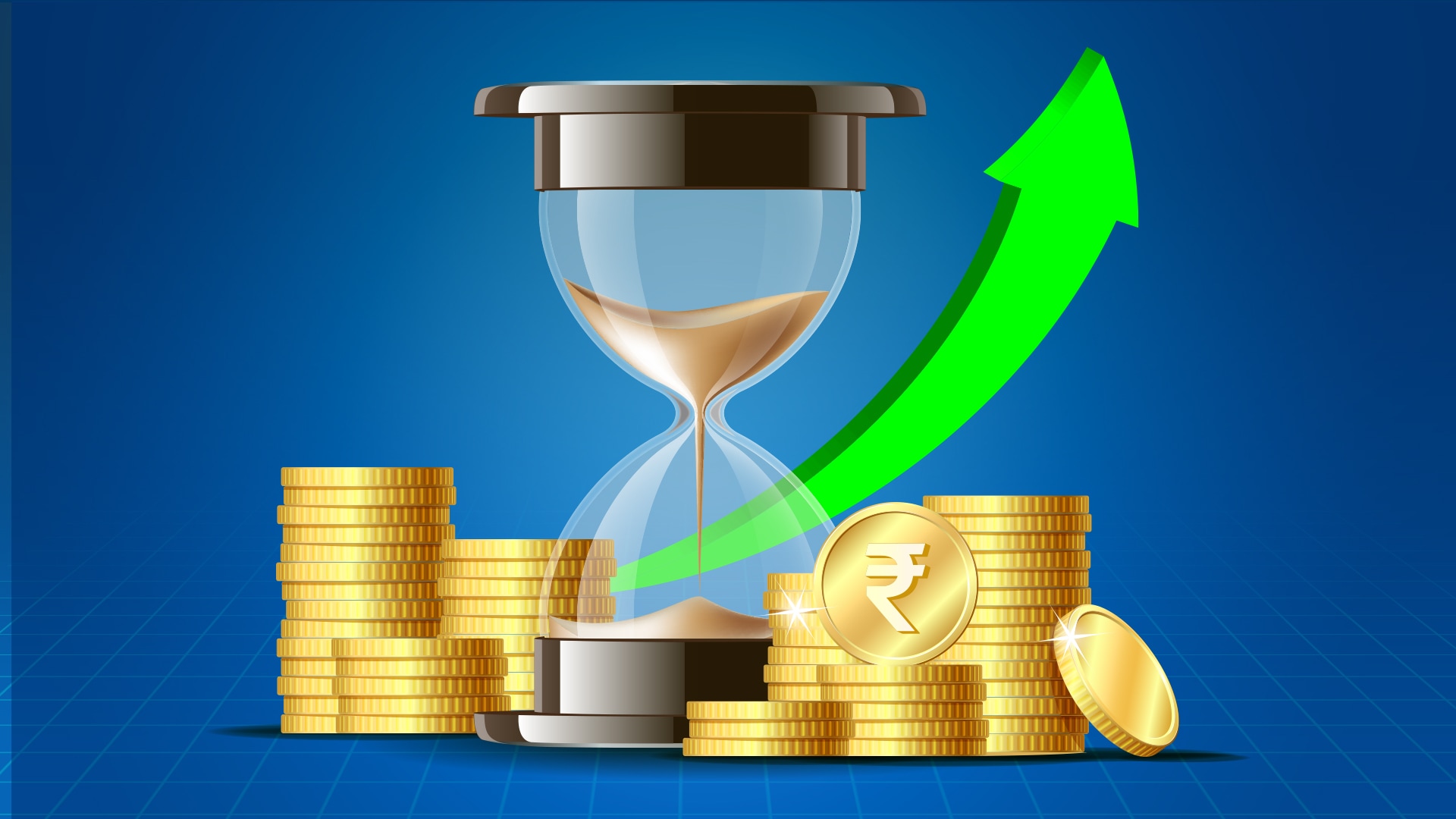Online Application | High CRISIL FAAA Rating | Assured Returns
Apart from the higher interest rates, the multiple interest payout option helps manage your post-retirement expenses with a regular income. In addition, opting for longer tenures can help you get some of the highest fixed deposit rates for senior citizens.
Here are the interest rates offered by various banks and NBFCs for senior citizens FD:
Bank / NBFCs |
Senior Citizen Interest Rates (p.a.) |
Shriram Finance Limited |
7.25-8.15% |
Bajaj Finance |
6.95% - 7.30% |
PNB Housing Finance |
7.25% - 7.35% |
Mahindra Finance |
6.85% - 7.25% |
Ujjivan Small Finance Bank |
4.00% - 7.95% |
YES Bank |
3.75% - 7.75% |
Note: The above rates are as of 11th August 2025 and are subject to change at the discretion of the bank or NBFC without prior notice. Please verify the latest rates on the provider's website before investing.
While senior citizens can always enjoy additional interest rates, choosing a special tenure can help them maximise their earnings. Some issuers offer special tenures that come with higher interest rates.
PNB Housing Finance Senior Citizen FD Interest Rates
Tenure in Months |
Interest rate at maturity (p.a) |
12 – 23 |
7.10% |
24 – 35 |
7.25% |
36 – 47 |
7.35% |
48 – 59 |
7.35% |
60 |
7.35% |
Mahindra Finance Senior Citizen FD Interest Rates
Tenure in Months |
Senior Citizen Interest Rates (in p.a.*) |
12 |
6.85% |
15 |
6.85% |
24 |
7.25% |
30 |
7.10% |
36 |
7.25% |
42 |
7.10% |
48 |
7.25% |
60 |
7.25% |
Shriram Finance Senior Citizen Special-tenure FD Interest Rates
Special Tenure (in months) |
Interest rate at maturity for Male senior citizens (p.a.) |
12 |
7.50% |
15 |
7.75% |
18-23 |
7.65% |
24-35 |
7.75% |
36-60 |
8.10% |
Special Tenure (in months) |
Interest rate at maturity for Female senior citizens (p.a.) |
12 |
7.55% |
15 |
7.80% |
18-23 |
7.70% |
24-35 |
7.80% |
36-60 |
8.15% |
Note: The above rates are as of 5th August 2025 and are subject to change at the discretion of the bank or NBFC without prior notice. Please verify the latest rates on the provider's website before investing.
Yes Bank Senior Citizen Special-tenure FD Interest Rates
Special Tenure in Days |
Interest rate at maturity (in p.a.) |
7 - 14 |
3.75% |
15 - 45 |
4.00% |
46 - 90 |
5.00% |
91 - 120 |
5.25% |
121 - 180 |
5.25% |
181 - 271 |
6.50% |
272 - 364 |
6.75% |
365 |
7.15% |
365 - 547 |
7.25% |
548 |
7.25% |
549 - 729 |
7.50% |
730 - 1094 |
7.50% |
1095 - 1824 |
7.75% |
1825 |
7.50% |
1826 - 3650 |
7.50% |
Note: The above rates are as of 1st September 2025 and are subject to change at the discretion of the bank or NBFC without prior notice. Please verify the latest rates on the provider's website before investing.
Ujjivan Bank Senior Citizen Special-tenure FD Interest Rates
Tenure in days |
Interest rate at maturity (p.a) |
7 to 29 |
4.00% |
30 to 89 |
4.65% |
90 to 179 |
5.15% |
180 |
6.50% |
181 to 364 |
6.00% |
365 to 729 |
7.75% |
730 |
7.95% |
731 to 990 |
7.75% |
991 to 1825 |
7.70% |
1826 to 3650 |
7.00% |
There are several advantages of booking a senior citizen FD, some of these include:
Guaranteed returns on investments regardless of market fluctuations
Higher interest rates for senior citizens
Flexible tenures ranging from 7 days to up to 10 years
Premature withdrawal facility
Multiple payout options with compounding interest
Option to add a nominee
Facility to book tax-saving deposits at special senior citizen interest rates
Loan against deposit and sweep-in facility
Tax benefits of up to ₹1.5 Lakhs on the invested amount in a tax-saving deposit as per Section 80C of the Income Tax Act, 1961
Starting a senior citizen fixed deposit involves a straightforward process outlined below:
Step 1: Visit Bajaj Markets
Step 2: Navigate to the Fixed Deposit page via the ‘Investments’ drop-down menu
Step 3: Click on ‘Invest Now’
Step 4: Enter your mobile number, date of birth and OTP to verify your account
Step 5: Enter the deposit amount, tenure and type of interest payout
Step 6: Provide your PAN/Aadhaar or upload the relevant documents to complete your KYC
Step 7: Complete the payment via UPI or NetBanking
You will receive an acknowledgement on your registered email and mobile number within 15 minutes confirming that your deposit has been booked.
While a few NBFCs maintain a minimum of ₹15,000 to book an FD, others may require you to open an account with just ₹5,000. This varies across issuers, with many banks allowing you to book an FD with amounts as less as ₹1,000.
The table below indicates the minimum amount required by some of the top banks to open a senior citizen FD:
Bank |
Minimum Amount |
Shriram Finance Limited |
₹ 5,000 |
Ujjivan Small Finance Bank |
₹ 1,000 |
Bajaj Finance Ltd. |
₹ 15,000 |
Mahindra Finance Ltd. |
₹ 5,000 |
YES Bank |
₹ 10,000 |
PNB Housing Finance Ltd. |
₹ 10,000 |
1. Saving taxes on interest
TDS will not be applicable on interest income up to ₹50,000 from your FDs in a financial year.
Declaring Form 15G and Form 15H will allow the issuer to not deduct any TDS on your interest income in case you do not have taxable income.
2. Saving taxes on the deposit amount
Up to ₹1.50 Lakh of the principal amount is eligible for tax deductions under Section 80C of the Income Tax Act, 1961.
Note: Senior citizens above the age of 75 can avoid the hassle of filing income tax by submitting Form 12 BBA when booking a term deposit. The form is a declaration that your income is generated only through pension and interest earning. Upon submission of this form, senior citizens are exempted from filing returns.
Compare Fixed Deposit Interest Rates
|
Partner
|
Maximum Interest Rate
|
Maximum Tenure
|
Minimum Deposit Amount
|
|
|---|---|---|---|---|
|
Bajaj Finance |
7.30% p.a. |
60 Months |
₹15,000 |
|
|
PNB Housing Finance |
7.35% p.a. |
60 Months |
₹10,000 |
|
|
Mahindra Finance Ltd |
7.25% p.a. |
60 Months |
₹5,000 |
|
|
YES Bank |
7.75% p.a. |
120 Months |
₹10,000 |
|
|
Ujjivan Small Finance Bank |
7.95% p.a. |
120 Months |
₹1,000 |
|
|
Shriram Finance |
8.15% p.a. |
120 Months |
₹5,000 |
|
Other FD Related Pages |
||
The information provided by BM is related to the rates provided by Banks and Deposit taking NBFCs as available from public domain and under no circumstances is intended to be source of advice or recommendation of any financial investment advice or endorsement of any sort. BM disclaims any responsibility or liability regarding inaccuracies, omissions, mistakes etc. as well as offers and use of such information set out is entirely at the User’s own risk and User should exercise due care prior taking of any decision, on the basis of information mentioned hereinabove. Display of any intellectual property along with the related product information does not imply BM’s partnership with the owner of the intellectual property of such products and is solely for the purpose of information, unless otherwise provided by BM.

FAQs
Who is eligible to open a fixed Deposit for senior citizens?
Individuals above 60 years are eligible to book a senior citizen term deposit scheme.
Does investing in bulk amounts attract additional FD interest rates for senior citizens?
This depends on the issuer. However, financial institutions, generally, do not offer additional interest rates on deposits exceeding ₹2 Crores.
Can I start a joint FD with a non-senior citizen?
Yes, you can book a senior citizen FD with a non-senior citizen. However, the primary holder has to be a senior citizen to avail of the benefits of senior citizen FD rates.
If a senior citizen wishes to book more than one FD, do they need to submit age proof?
Yes, you will be required to submit your age proof each time you book an FD.
Are there senior citizen fixed deposits for NRIs?
Yes, there are banks/NBFCs which offer senior citizen FDs for NRIs. One such NFBC is the Bajaj Finance Limited which offers fixed deposits for NRIs with the same interest rates as for the Indian citizens.
Can I renew my senior citizen FD?
Yes, you can renew/reinvest your senior citizen fixed deposit. Most issuers give you the option for FD renewal at the time of investing. You can also choose to reinvest your FD amount during the tenure. However, you will be required to opt for the same before a particular time set by the issuer.






